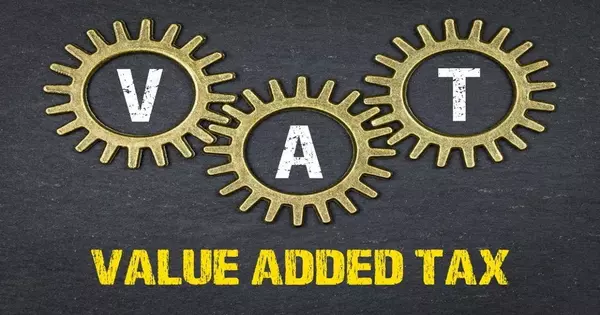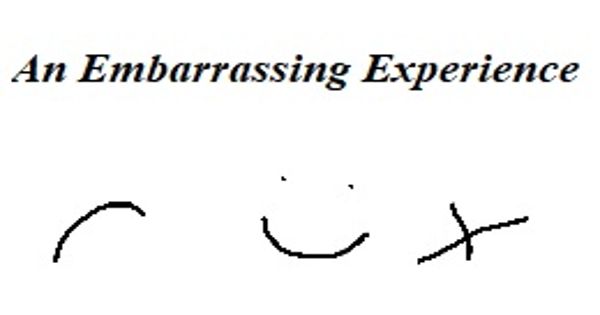A value-added tax (VAT) is a type of consumption tax that is typically applied to the sale of goods and services. It is a tax on the value added to a product or service at each stage of production or distribution, from raw materials to the final sale to the consumer. The tax is calculated based on the difference between the price paid for a product or service by a business and the price at which it is sold to the end customer.
A value-added tax (VAT), also known as a goods and services tax (GST) in some countries, is a type of tax that is assessed incrementally. It is applied to the price of a product or service at each stage of production, distribution, or sale to the end user. If the ultimate consumer is a business that collects and pays VAT to the government on its products or services, the tax paid can be reclaimed. It is similar to, and frequently compared to, a sales tax. VAT is an indirect tax because the person who ultimately bears the tax burden is not always the same person who pays the tax to the tax authorities.
Purpose and Advantages
VAT is commonly used in many countries around the world, including the European Union, Canada, Australia, and many others. The rate of VAT varies from country to country and can range from 5% to 27% or more.
VAT is not required in all jurisdictions, and exports are frequently exempt. VAT is typically implemented as a destination-based tax, with the tax rate determined by the consumer’s location and applied to the sales price. VAT, GST, and the more general consumption tax are all terms that are sometimes used interchangeably. VAT accounts for roughly one-fifth of total tax revenues worldwide and among members of the Organization for Economic Cooperation and Development (OECD). As of 2018, 174 of the 193 countries with full UN membership, including all OECD members, use a VAT, with the exception of the United States, where many states use a sales tax system instead.
The VAT system is designed to be a more efficient and effective way of raising revenue for the government than other types of taxes, such as income tax or corporate tax. It is a regressive tax, meaning that it tends to have a greater impact on low-income individuals and families, who spend a higher proportion of their income on goods and services subject to VAT
















